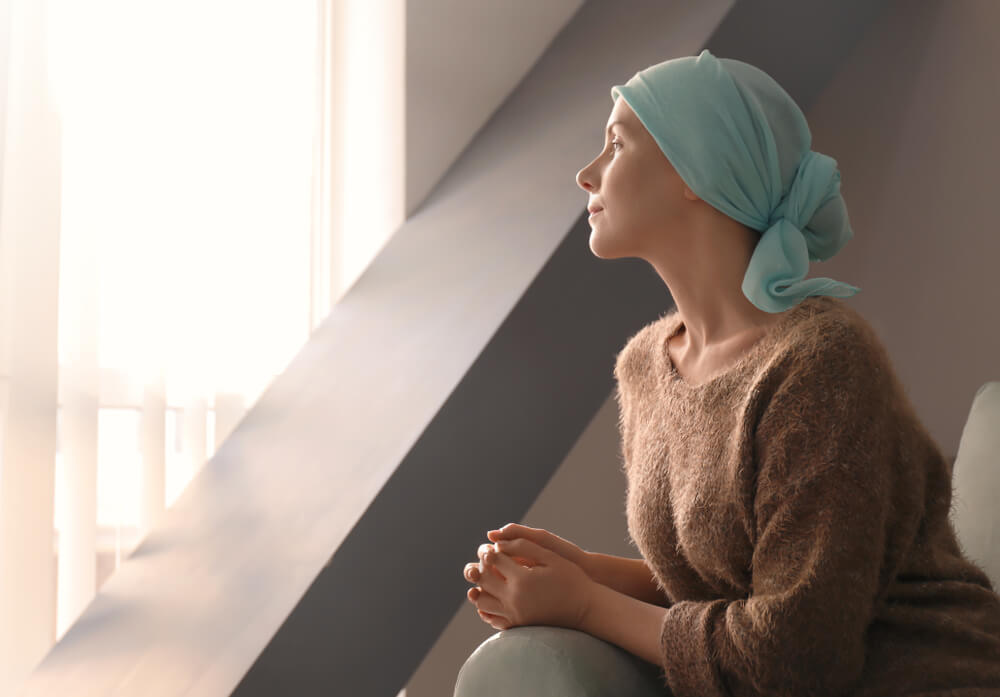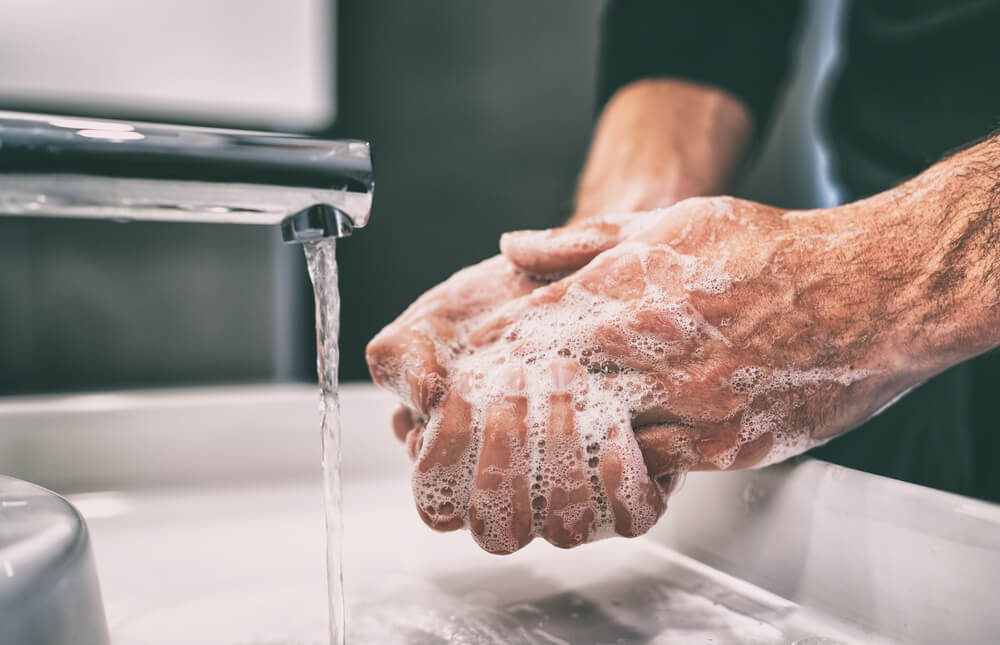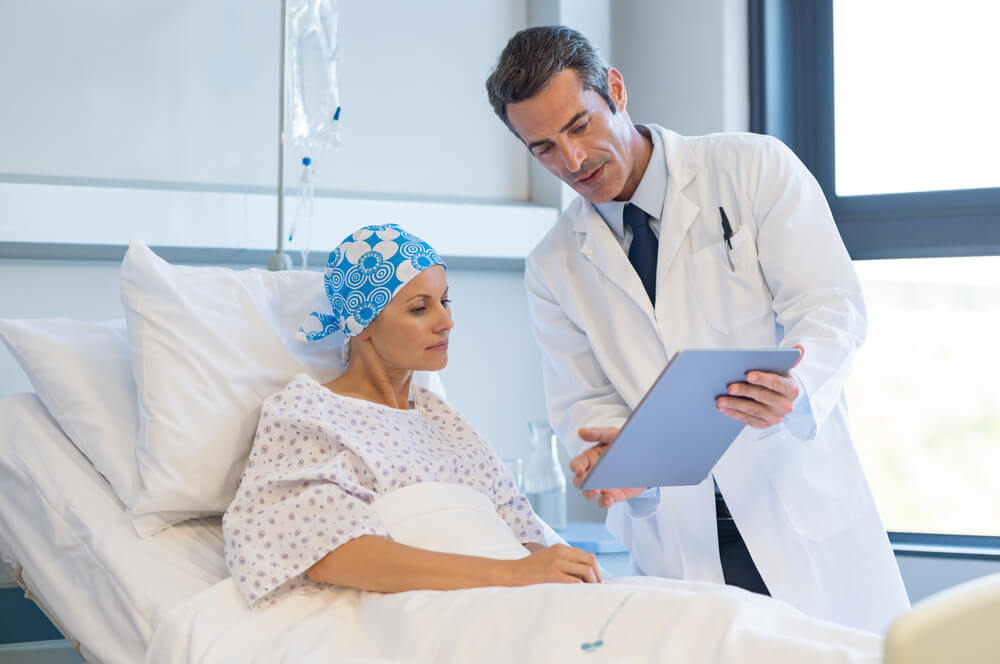It’s widely known that most cancer treatments will produce uncomfortable side effects. These occur when the treatment also damages healthy cells while killing tumors. The side effects of cancer treatments will vary from person to person as well as the type of treatment administered and the compounds used.
To help patients manage the side effects of these treatments, Dr. Omar Rashid and his team have created a comprehensive list of the most prevalent side effects of cancer treatments and expert tips on how to manage them better.
The Most Prevalent Cancer Treatment Side Effects
Neutropenia
This condition weakens the body’s primary defense against infections, decreasing the patient’s white blood cell count. Neutropenia is relatively common after chemotherapy treatment, so providers will closely monitor the patient’s white blood cell count during and after the treatment.
As you may already know, chemotherapy drugs help eliminate fast-growing cancerous cells in the body. Still, they will also destroy healthy white blood cells in the process, making chemotherapy patients more prone to infections.
Hair Loss

Next to neutropenia, hair loss is typically the most widespread treatment side effect among cancer patients.
Certain chemotherapy drugs can cause the patient’s hair to fall out (alopecia), but the hair will start to grow back within two or three months after the treatment ends.
Hair loss is more of a cosmetic issue but can cause discomfort and harm the patient’s mental health.
Lymphedema
If the cancer treatment involves lymph node removal surgery, or in cases where radiation treatments damage the lymph nodes or vessels, lymphatic fluid might not drain properly. When this complication is present, the fluid can build up under the skin, causing swelling.
Memory and Focus Problems
Chemotherapy may also cause issues with remembering things and thinking effectively, sometimes making it difficult to perform simple everyday tasks.
Getting plenty of sleep may help improve the patient’s concentration, and setting up mobile phone reminders, along with taking advantage of other simple yet effective things such as sticky notes, can help them remain up-to-date and prolific.
Blood Clots
DVT, or deep vein thrombosis, occurs when blood clots form in deep veins, especially in the thigh, the pelvic area, or the lower leg. In some cases, these clots can break off and travel to such crucial organs as the lungs.
Cancer patients receiving chemotherapy typically have a higher risk of experiencing DVT.
Vomiting and Nausea
Side effects of cancer treatments may also include vomiting and nausea. Luckily, there are several ways to manage the problems, and we’ll discuss them in more detail below.
Cancer Pain
Unfortunately, both the malignancy and the treatment can become painful, which can damage the patient’s quality of life immensely. Fortunately, there are several things a provider can recommend to manage the pain caused by the malignancy or treatment.
Managing Side Effects of Cancer Treatment
After talking about the most common side effects caused by cancer treatments, below, we’ve compiled a list of tips patients can take advantage of to make the treatment process less challenging.
Exercise Can Help With Fatigue From Chemotherapy
Nearly all patients receiving chemotherapy will experience tiredness, which can be cyclic, culminating right after treatment.
Experts usually recommend some form of exercise to feel less drained. Naturally, it doesn’t have to be something demanding; even a walk can help recharge your batteries. Also, others recommend taking short breaks or naps during the day, no longer than half an hour, while maintaining a regular wake and sleep schedule and eating a nutritious diet.
In other cases, fatigue may also be a sign of anemia (not having enough red blood cells). As such, if patients experience shortness of breath, extreme fatigue, or dizziness, they should inform their provider as soon as possible.
Cooling Cap for Hair Loss
As mentioned above, some chemo compounds kill hair follicle cells, making the patient’s hair thin or entirely fall out.
To ease these side effects, some providers recommend wearing a cooling cap. Called scalp hypothermia, the theory behind cooling caps works by cooling, tightening, and constricting the scalp’s blood vessels, reducing the amount of chemo compounds that reach the scalp and the hair follicle cells.
Additional haircare during and after chemotherapy may also help minimize hair loss. Using wide-tooth combs and avoiding styling and pulling the hair may help preserve it.
Medication Against Vomiting and Nausea
Nausea and vomiting can be treated with antiemetics, and thanks to medical advancements, providers can help patients keep these side effects under control pretty effectively. In some cases, these issues may even be eliminated.
Also, providers may recommend patients divide their daily food intake into several smaller meals and avoid overly spicy and greasy foods.
Cancer Pain Management Plans
Based on the pain symptoms and diagnostic results, providers will devise a pain control plan that might include several different methods.
The classic route can be taking painkillers, such as aspirin, naproxen, ibuprofen, acetaminophen, or other OTC drugs. Prescription compounds may include antiseizure medicines, antidepressants, or steroids. Lastly, doctors may also prescribe narcotics to help manage severe to moderate pain, like morphine, methadone, hydrocodone, hydromorphone, and tramadol.
Still, it’s essential to consult with your provider before starting a pain management regimen, as they may also have unwanted side effects and even lead to addiction and physical dependence.
In some cases, cancer pain may also be treated with the help of integrative, complementary medicine, which may include the following natural pain relief methods:
- Biofeedback
- Acupuncture
- Meditation
- Hypnosis
- Distraction
- Guided imagery
Washing Your Hands to Avoid Infection

As mentioned in the beginning, chemo can suppress immune function, as the compounds can also kill healthy white blood cells while eliminating malignant ones.
Patients should be extra vigilant regarding handwashing to avoid infection during chemo. They should clean their hands before and after meals before touching their eyes, mouth, and nose. They should also carry alcohol-based hand sanitizers with them to disinfect their hands when out.
Talk to Your Provider
Needless to say, whenever patients experience any symptoms or discomfort, they should talk about them with their provider. Additionally, regular checkups may help with other problems, such as DVT or lymphedema.
Cancer Treatment Can Be Manageable
Cancer treatment can be a challenging battle for patients, but they shouldn’t suffer through the process. With the help of trained professionals and compassionate care, patients can get individualized treatment plans that will address the majority of potential side effects, from hair loss to cancer pain management.
In essence, working with the right team can make a significant difference in making the entire treatment process less taxing on the patient.
That said, if you have any more questions or concerns on the matter, feel free to reach out to Dr. Omar Rashid and his team today.


